1. Dalton's atomic Theory
- Books Name
- Yash Tyagi Coaching Science Book
- Publication
- ACERISE INDIA
- Course
- CBSE Class 9
- Subject
- Science
Chapter-3
Atoms and Molecules

Atoms and Molecules Introduction
We come across different things around us like chair, table, etc. and all the things that surround us have mass and weight. They all constitute matter. Matter is anything that occupies space and has mass. Matter is made up of small particles called atoms.
Dalton's atomic Theory
Dalton’s atomic theory
According to Dalton’s Atomic Theory,
- All matter is made up of small particles called atoms.
- Atom is invisible.
- Atom is indivisible.
- Atoms of an element are alike in all aspects.
- Atoms of different elements combine in fixed whole number ratios to form compounds.
Atoms can neither be created nor destroyed.
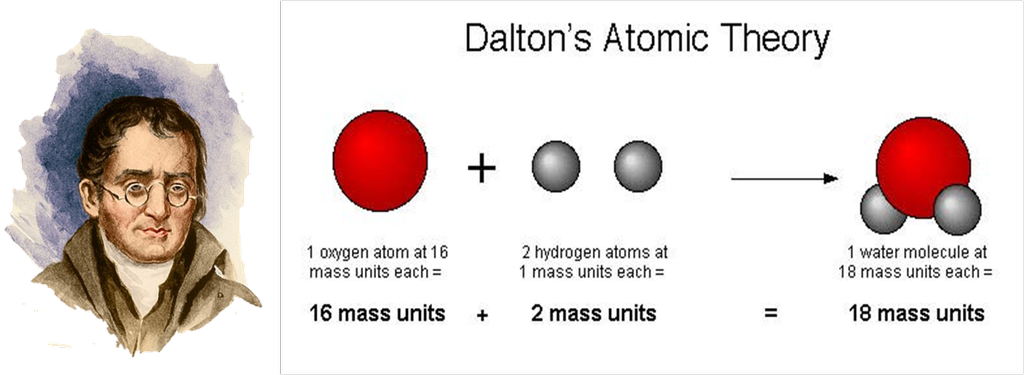
Drawbacks of Dalton’s Atomic Theory were as follows
1. According to Dalton, an atom is indivisible but later on it was proved that atom can be subdivided into electrons, protons and neutrons.
2. Atoms of an element can somehow differ from each other.
So, these drawbacks led to the failure of Dalton’s theory of an atom. We also know that a lot of chemical reactions take place in our day to day life like making of tea, changing milk to curd, making cheese from milk and lots more. All the chemical reactions taking place obey certain set of laws. Let us study these chemical reactions and the rules that they obey.
Chemical reaction
The process by which some substances react to form a new substance. The substances which react are called reactants and the new ones formed are called products.
For example: A+B C+D
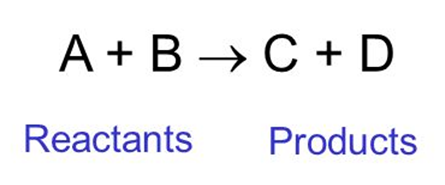
In this, A and B are reactants and C and D are called products.
For example: when we make tea, we add sugar, tea, milk and water. We mix them and heat the mixture. The result is that we get a new substance that is tea.
Laws of chemical combination
There are certain sets of laws that are obeyed by all chemical reactions. These laws are given by Lavoisier & Joseph. Let us study them in detail.

Law of conservation of mass
According to this law, ?matter can not be created nor destroyed in a chemical reaction.? That is, it always remains constant.
Like, in all chemical reactions the total mass of products is equal to the total mass of reactants.
For example:- 2H2 + O2 à 2 H2O
(Reactants) (Product)

=> 4 + 2 x 16.32 2 x 18 => 36 g = 36 g.
This example shows that the total mass of reactants is equal to the total mass of products formed which is in accordance with the law.
Law of constant proportions: (Law of definite proportion)
According to it, in a chemical substance, the same elements are always present in a definite proportion by mass and volume irrespective of the method of preparation involved. For example, In Co2 molecule, the elements that form it remain the same that is carbon and oxygen and also, the ratio of C and O remains the same that is 3:8 by mass (i.e. 12.32) and 1 : 2 by volume.
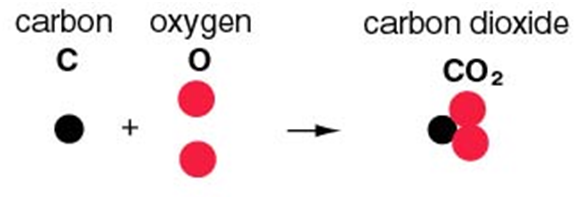
Atom
It is the smallest particle of an element which may as may not have an independent existence. An atom is very small in size. The size is measured in unit of nm (nanometer). 1nm = 10^-9 m. Hydrogen atom is the smallest of all. Its size is only 10-10 nm. Atoms are represented by symbols (given by Berzelius).
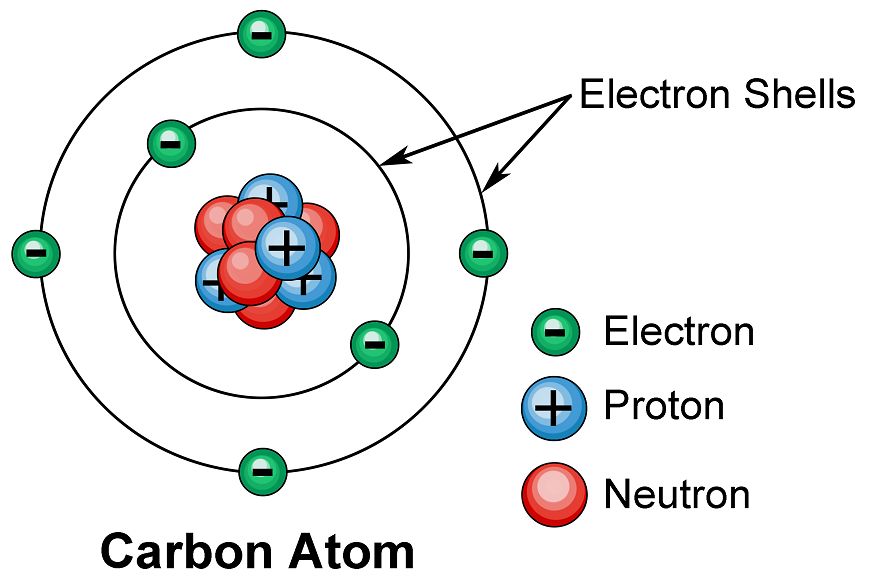
2. IUPAC and atomic Symbols
- Books Name
- Yash Tyagi Coaching Science Book
- Publication
- ACERISE INDIA
- Course
- CBSE Class 9
- Subject
- Science
IUPAC and atomic Symbols
IUPAC and Atomic symbols
IUPAC – International Union Of Pure & Applied Chemistry
The IUPAC approves the names of elements. According to it,
1. Symbol if an element is either the first letter of the name of the element or the first two letters of the name of an element.
2. In case there are two letters, then the first letter is in a capital case and the second letter is in small case.
For example- lead is written as “Pb” and not as “pb”. Sometimes, the symbol is derived from the Latin name of an element. For example, if we look at the symbol of Sodium- “Na” and not .So, because it is derived from its Latin name that is, “Natrium”. Similarly, for Potassium, Copper, Iron, Mercury, etc. Latin names and symbols of a few elements are given below:
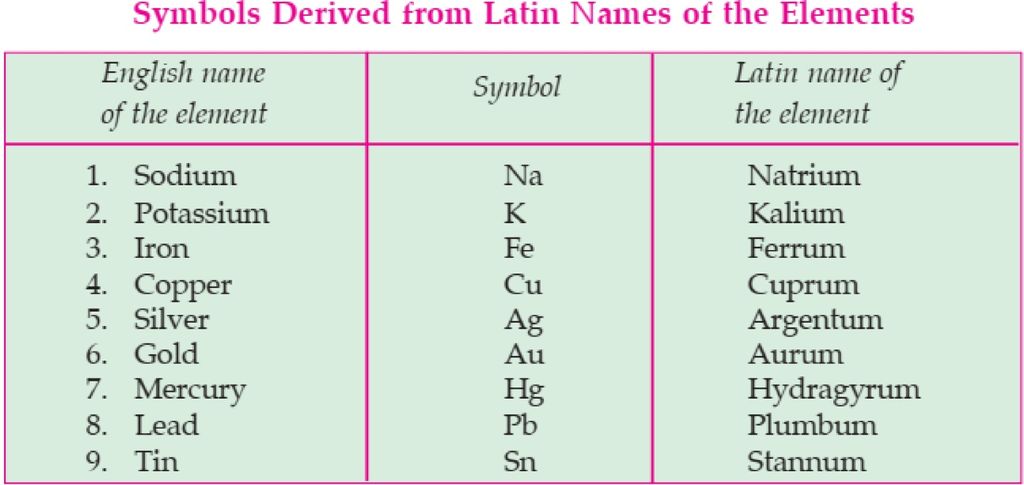
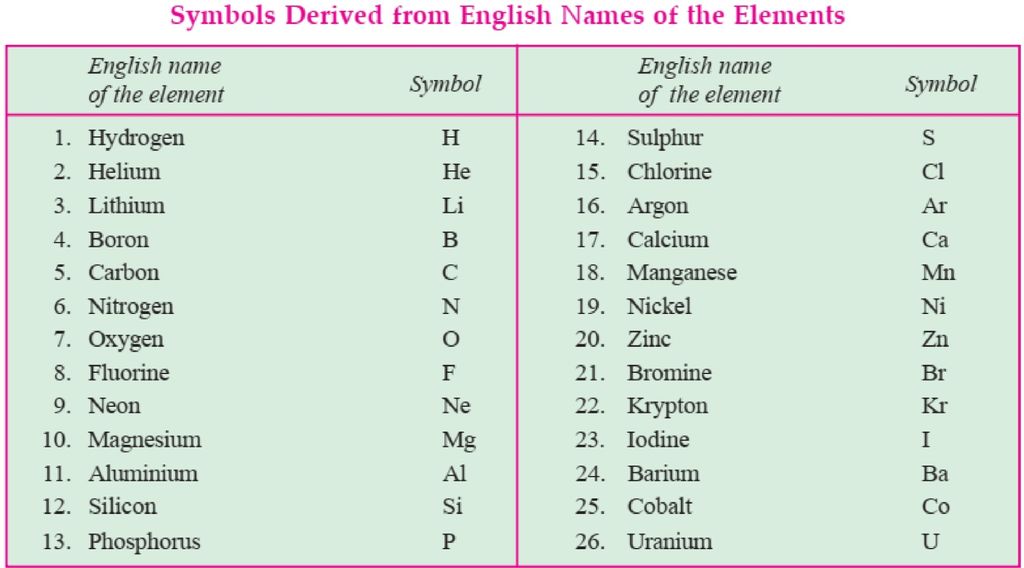
The atomic mass of the element
If we try to find the exact mass of an atom, we can’t find it. The reason being that an atom is too small in size that it is difficult to measure its size and moreover, the size of an atom changes, depending upon its neighbouring- atoms. Therefore, instead of finding its absolute mass, we try to find the relative mass of an atom. The standard element chosen for finding relative mass is carbon-6.
The relative atomic mass of an atom of an element is defined as the average relative mass of an atom as compared to an atom of 612c taken as 12u.
Atomic mass: In simple language, atomic mass is the number of times an atom of an element is heavier than 1/12th of a Carbon atom. For example: If we say that the atomic mass of Sodium is 23, it means that sodium is 23 times heavier than 1/12th of a carbon atom.
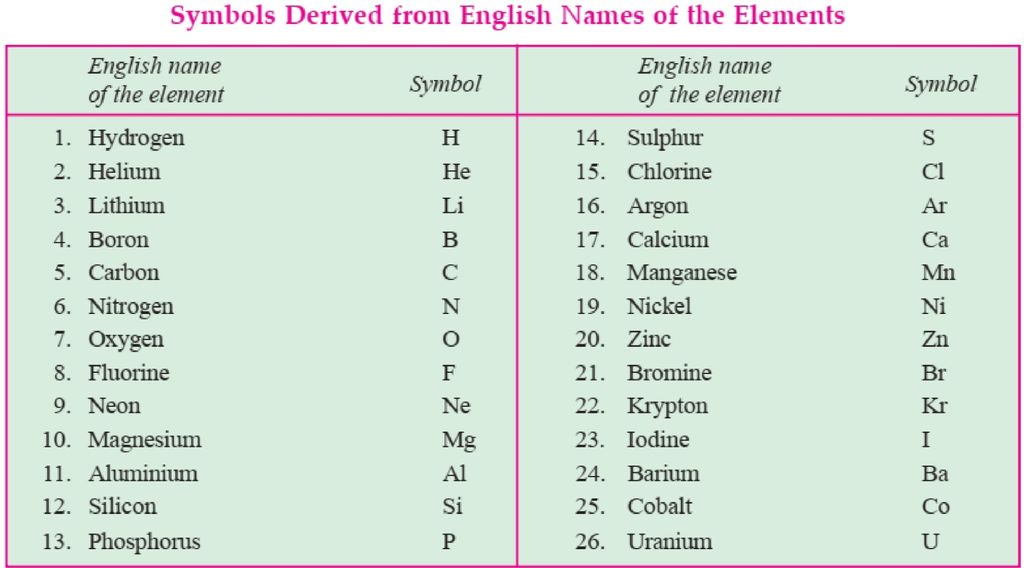
Molecule
The particle next to an atom is a molecule, but it has an independent existence and is formed when atoms combine with each other. Let us study about it. A Molecule is the smallest particle of an element or compound which is able to exist independently. For example, carbon dioxide molecule, hydrogen gas molecule, etc . But it has been seen that some molecules are formed by the combination of two atoms of the same kind like H2 and some may have two or more atoms of different kinds like H2O. This shows that in a molecule any number of atoms can be present and they may be of the same or different kinds.

Atomicity: It is the number or the kinds of atoms present in a molecule of an element. Some more examples: Phosphorous exists as P4 (tetra atomic), Sulphur exists as S8 (polyatomic), Nitrogen exists as N2 (diatomic).
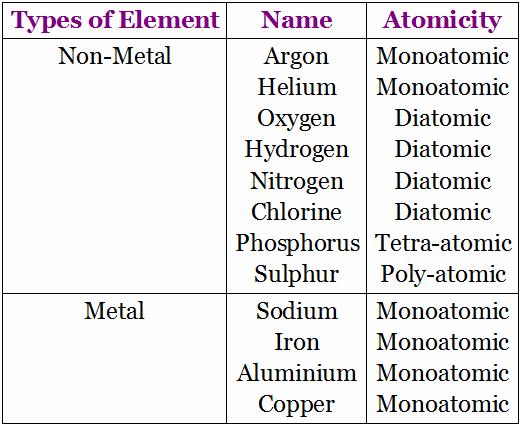
3. Compound
- Books Name
- Yash Tyagi Coaching Science Book
- Publication
- ACERISE INDIA
- Course
- CBSE Class 9
- Subject
- Science
Compound
Compound
When atoms of two or more different elements combine together in a definite proportion by mass and volume, it forms a compound. for example:- H2O is formed only when the ratio of H and O is 2:1 by volume and ratio by mass is 1:8.
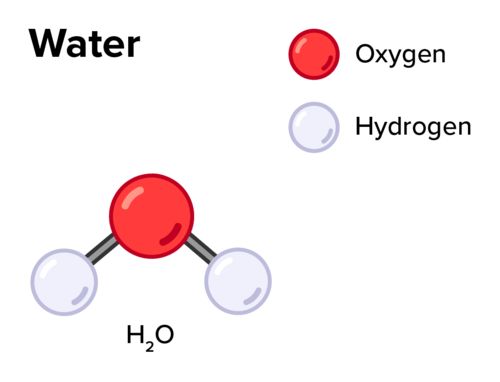
Ion
We know that the atom is neutral, that is, the number of positive and negative charges in it is equal but if sometimes, an atom gains or loses negative or positive charge, it no longer remains neutral. It becomes an “ion”. Let us study about it.
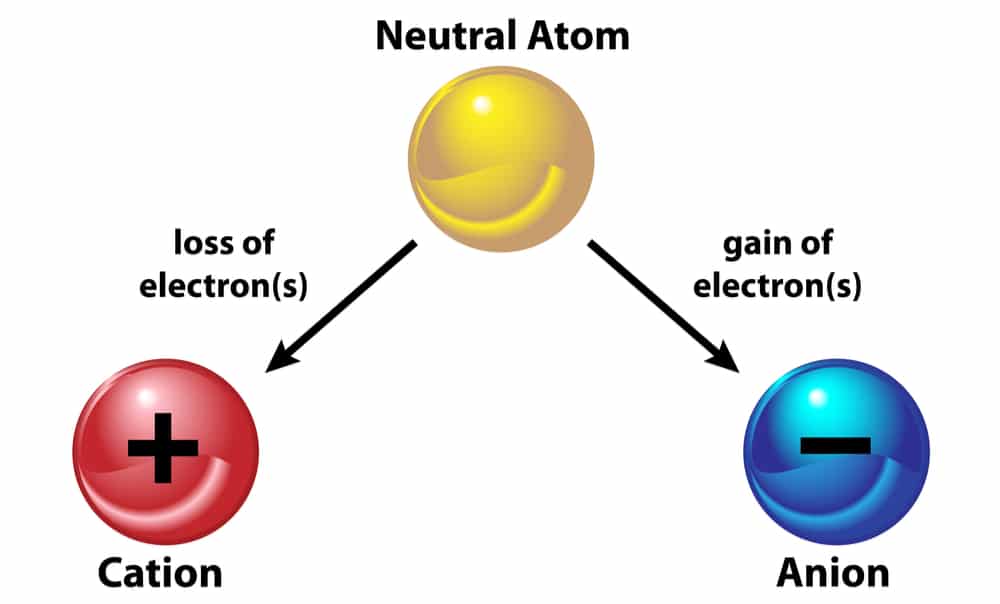
Ion:- The atom that bears a charge is called an “ion”. Ion is of two types:
1. Cation
2. Anion
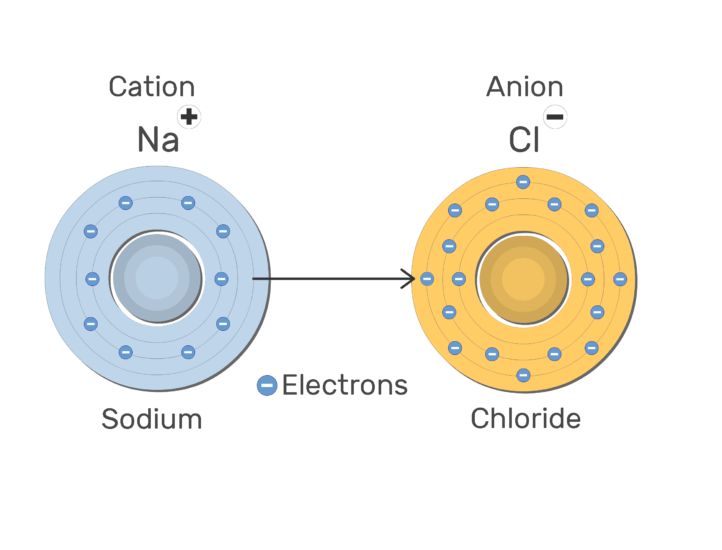
Cation: they are positively charged ions. They are formed when an atom loses a negative charge. Therefore, they always have negative charges less than normal atoms. Example: Na -1 negative charge Na+ (cation)
Anion: they are negatively charged ions and are formed when an atom gains a negative charge. Therefore, they have negative charges more than normal atoms. Example: S +2 negative charges S2- (anion)
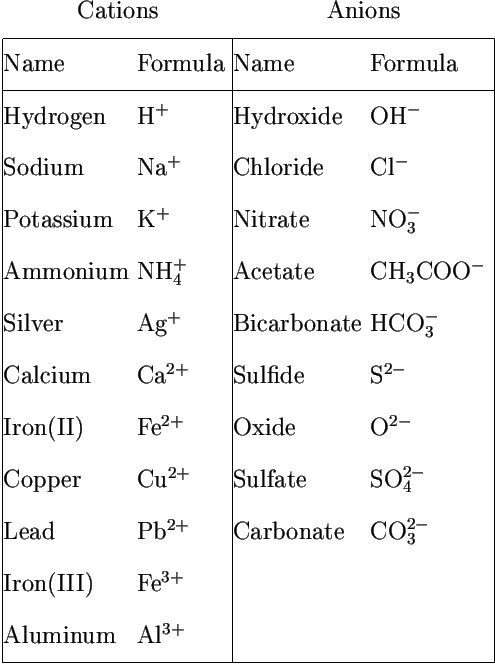
>> 7.2. You might expect that by this time in the history of modern civilization science would have ..." style="width:389px; height:523px" data-cke-upload-id="3" data-widget="uploadimage">
Valency and Radicals
The group of atoms that bears a charge is also called a polyatomic ion. The following radicals are given below:

4. Chemical Formula
- Books Name
- Yash Tyagi Coaching Science Book
- Publication
- ACERISE INDIA
- Course
- CBSE Class 9
- Subject
- Science
Chemical Formula
Chemical formula
Chemical Formula is the symbolic representation of compound. For example, the compound ammonium nitrate is written as
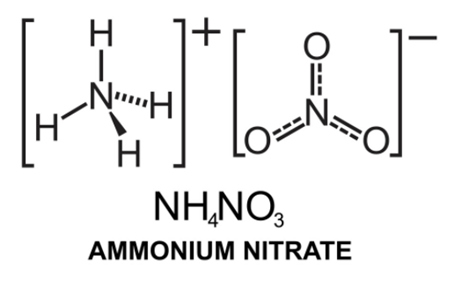
4NO3) - Structure, Preparation, Physical and Chemical Properties, Uses with FAQs of Ammonium Nitrate" style="width:286px; height:179px" data-cke-upload-id="0" data-widget="uploadimage">
If we say that water is represented as H2O, we get the following information from it
1. H2O represents water.
2. H2O represents one molecule of water.
3. It represents that 1molecule of H2O contain 2Hydrogen and 1 Oxygen atoms.
4. It represents 18g of water.
5. It represents that 1 molar mass of water has 6.022 x 10 23 molecules.

Mass percentage
Mass Percentage is the ratio of mass of a substance whose percentage is to be calculated to the total mass of the substance multiplied by 100.
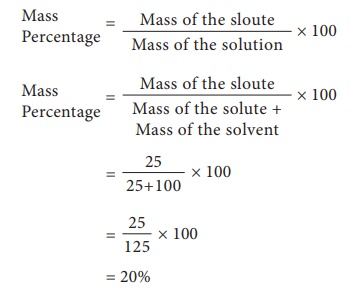
Example 1: Find the mass percentage of 6 g sodium hydroxide dissolved in 50 g of water. (Note: since the density of water is nearly 1, this type of question often gives the volume of water in milliliters.)
First find the total mass of the solution:
total mass = 6 g sodium hydroxide + 50 g water
total mass = 56 g
Now, you can find the mass percentage of the sodium hydroxide using the formula:
mass percent = (grams of solute / grams of solution) x 100
mass percent = (6 g NaOH / 56 g solution) x 100
mass percent = (0.1074) x 100
answer = 10.74% NaOH
Example 2: Find the masses of sodium chloride and water required to obtain 175 g of a 15% solution.
This problem is a bit different because it gives you the mass percentage and asks you to then find how much solute and solvent are needed to yield a total mass of 175 grams. Start with the usual equation and fill in the given information:
mass percent = (grams solute / grams solution) x 100
15% = (x grams sodium chloride / 175 g total) x 100
Solving for x will give you the amount of NaCl:
x = 15 x 175 / 100
x = 26.25 grams NaCl
So, now you know how much salt is needed. The solution consists of the sum of the amount of salt and water. Simply subtract the mass of salt from the solution to obtain the mass of water that is required:
mass of water = total mass - mass of salt
mass of water = 175 g - 26.25 g
mass of water = 147.75 g
Mole Concept
Mole Concept is equal to 6.023 x 1023 entities present in a substance. It is also called Avagadro’s number. Mole = given mass of substance to its atomic or molecular mass.
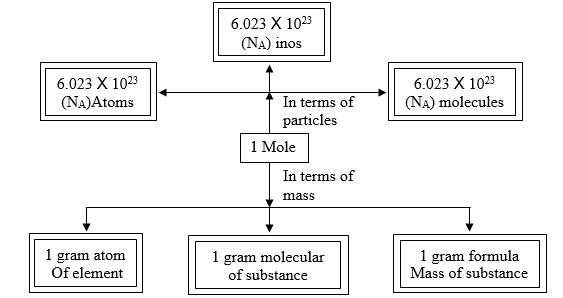
Example 1: Calculate the number of moles for the following:
(i) 52 g of He (finding mole from mass)
(ii) 12.044 × 1023 number of He atoms (finding mole from number of particles).
Solution:
No. of moles = n
Given mass = m
Molar mass = M
Given number of Particles = N
Avogadro number of Paticles = N0
(i) Atomic mass of He = 4u
Molar mass of He = 4g
Thus, the number of moles = given mass/molar mass
n = m/M = 52/4 = 13
(ii) we know,
1 mole = 6.022 × 1023
The number of moles
= given number of particles/Avogadro number
n=N/N0= 12.044 × 1023/6.022 × 1023= 2
Example 2: Calculate the mass of the following:
(i) 0.5 mole of N of molecule)
(ii) 0.5 mole of N atoms (mass from mole of atom)
(iii) 3.011 × 1023 number of N atoms (mass from number)
(iv) 6.022 × 10 23 number of N2 molecules (mass from number)
Solution:
(i) mass = molar mass × number of moles
m = M x n = 28 0.5 = 14 g
(ii) mass = molar mass × number of moles
⇒ m = M × n = 14 × 0.5 = 7 g
(iii) The number of moles, n
= given number of particles/Avogadro number =N/N0
= 3.011 × 1023/6.022 × 1023
m=M x n =14 x 3.011 × 1023/6.022 × 1023
=14×0.5 =7 g
(iv) n =N/N0
m= M x N/N0= 28 x 6.022 × 1023/6.022 × 1023
=28×1=28 g

 Science Made Easy
Science Made Easy
 ACERISE INDIA
ACERISE INDIA
